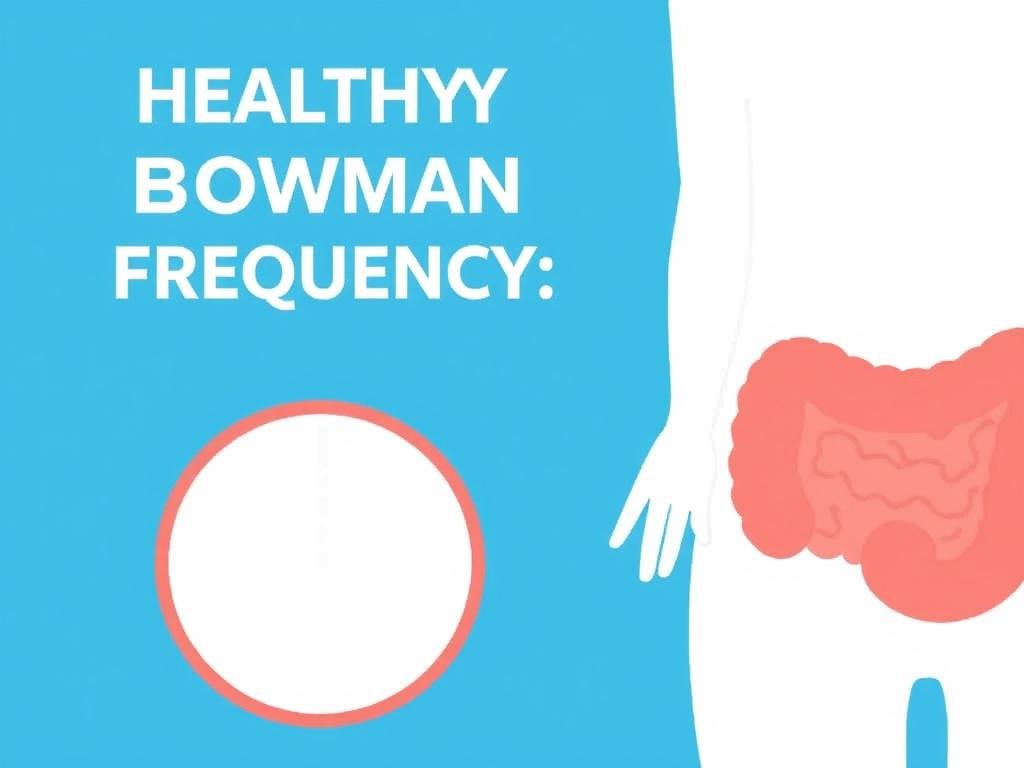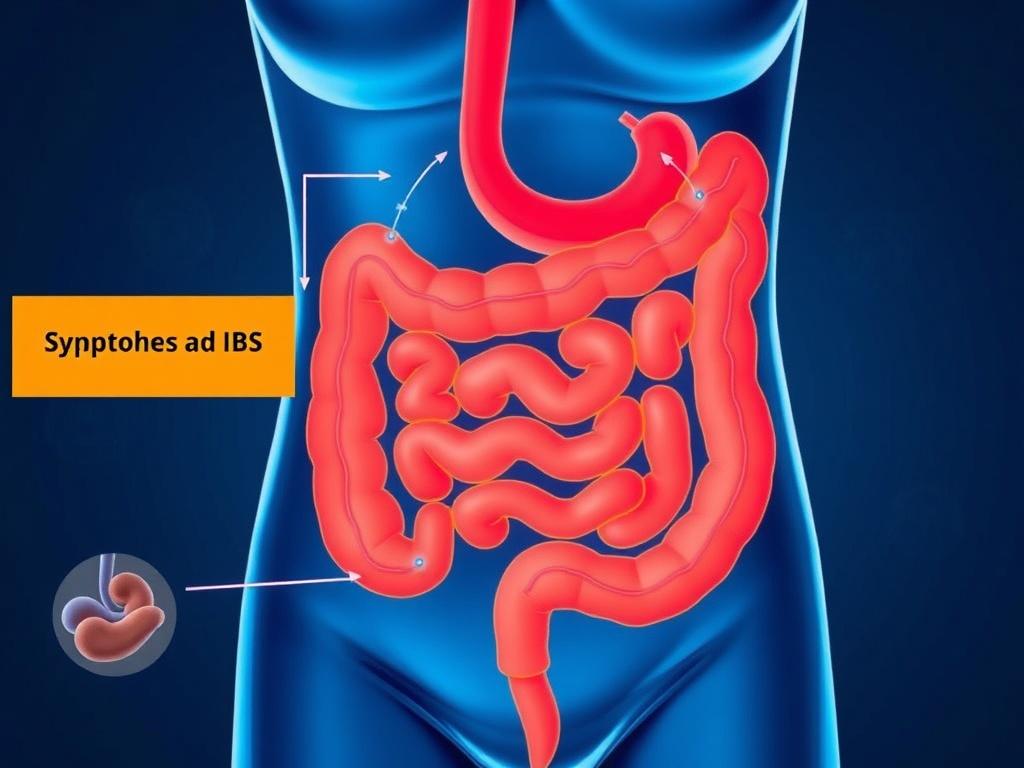Understanding what constitutes a healthy bowel movement frequency is a topic that often brings curiosity—and sometimes concern—to many people. After all, bowel habits vary widely, and it can be difficult to know what’s considered normal or if there’s cause for worry. Whether you think you’re going too often or not enough, understanding the nuances of how often you should be going to the bathroom is essential for overall digestive health and comfort. In this article, we’ll explore what healthy bowel movement frequency really means, the factors that influence it, and tips to help maintain a healthy routine.
What Does Healthy Bowel Movement Frequency Mean?
When most people think about bowel movements, the first question that comes to mind is, “How often should I go?” The truth is, healthy bowel movement frequency can vary significantly from person to person. Some people may have bowel movements three times a day, while others might go only three times a week and still be perfectly healthy. This variability can make it confusing to pinpoint what’s truly normal.
Doctors often define a healthy bowel movement frequency as anywhere from three times a day to three times a week. The key factor here is regularity for the individual—meaning your frequency should be consistent and not cause discomfort. Changes to your usual pattern, accompanied by symptoms like pain, blood, or persistent constipation or diarrhea, should prompt a consult with a healthcare professional.
Factors Affecting Bowel Movement Frequency
Several factors can influence how often you have a bowel movement. Here are some common ones that can impact your bowel habits:
- Diet: The type and amount of fiber, fluid intake, and overall nutrition play a significant role in bowel movements.
- Physical activity: Regular exercise stimulates intestinal function and promotes regularity.
- Hydration: Water helps soften stool and ease its passage.
- Stress: Psychological stress can slow down or speed up digestion.
- Medications and health conditions: Some drugs and medical issues can alter bowel habits.
- Age and lifestyle: Older adults tend to have slower bowel movements; sedentary lifestyles also contribute to constipation.
Recognizing Healthy Bowel Movements
It’s important not only to focus on frequency but also on other dimensions of bowel health. Here are some factors beyond timing to help you gauge if your bowel movements are healthy:
Color and Consistency
Typically, healthy stools are medium brown, shaped like a smooth, soft sausage or snake, and pass easily. Variations in color can occur based on diet but sudden changes might warrant a checkup. The Bristol Stool Chart—a medical tool used to classify stool types according to shape and consistency—can be helpful here.
Here’s a quick overview of the seven types on the Bristol Stool Chart:
| Type | Description | Indication |
|---|---|---|
| Type 1 | Separate hard lumps, like nuts (difficult to pass) | Constipation |
| Type 2 | Sausage-shaped but lumpy | Constipation |
| Type 3 | Like a sausage but with cracks on the surface | Normal |
| Type 4 | Like a sausage or snake, smooth and soft | Normal |
| Type 5 | Soft blobs with clear-cut edges | Possible mild diarrhea |
| Type 6 | Mushy consistency with ragged edges | Diarrhea |
| Type 7 | Watery, no solid pieces | Severe diarrhea |
Frequency vs. Urgency and Completeness
Regularity is important, but so is how you feel after the bowel movement. Ideally, you should not feel an urgent need to go immediately after finishing, nor should you feel like your bowels haven’t fully emptied. Chronic urgency or a sensation of incomplete evacuation could indicate an underlying digestive issue.
Common Myths About Bowel Movement Frequency
Misunderstandings about bowel habits are common, often driven by societal taboos or misinformation. Debunking some myths can relieve unnecessary worry:
- Myth 1: Everyone should have a bowel movement once a day. Reality: While daily bowel movements are common, many healthy people go less or more frequently without issues.
- Myth 2: Constipation means no bowel movement for a week or more. Reality: Constipation is more about difficulty passing stool and discomfort rather than just frequency.
- Myth 3: Frequent bowel movements always mean diarrhea. Reality: Some people have naturally frequent, healthy bowel movements, especially those with high-fiber diets.
How to Maintain a Healthy Bowel Movement Frequency
Maintaining healthy bowel movements involves more than just watching numbers on the calendar. Lifestyle habits can significantly support your digestion and comfort.
1. Prioritize Fiber Intake
Fiber is the unsung hero of digestive health. Soluble fiber absorbs water and forms a gel-like substance that softens stools, while insoluble fiber adds bulk and speeds up stool transit.
Good sources of fiber include:
- Whole grains like oatmeal and brown rice
- Fruits such as apples, bananas, and berries
- Vegetables like carrots, broccoli, and leafy greens
- Legumes including beans, lentils, and chickpeas
2. Stay Hydrated
Water is essential for softening stool and promoting smooth passage. Drinking at least 8 cups (about 2 liters) of water daily supports regularity, though individual needs vary.
3. Exercise Regularly
Physical activity stimulates both gut motility and overall digestive health. Even a daily 20-30 minute walk can improve bowel movement frequency.
4. Listen to Your Body
Responding promptly to the urge to have a bowel movement helps prevent constipation. Ignoring or delaying bathroom visits can lead to harder stools and discomfort.
5. Manage Stress
Stress can interfere with bowel patterns via the gut-brain axis. Techniques such as meditation, deep breathing, yoga, or journaling can support a calm digestive system.
6. Avoid Excessive Use of Laxatives
While laxatives can be helpful occasionally, relying on them can disrupt normal bowel function. It’s best to discuss persistent issues with a healthcare provider.
When to See a Doctor About Your Bowel Movements
Despite the wide range of normal bowel movement frequencies, some signs indicate it’s time to seek medical advice:
- Sudden, unexplained changes in your bowel habits lasting more than a few weeks
- Blood or black, tarry stools
- Persistent constipation or diarrhea that doesn’t improve with lifestyle changes
- Significant abdominal pain or cramping
- Unintended weight loss or fatigue
Doctors can perform tests to rule out infections, inflammations, or other conditions like irritable bowel syndrome (IBS), inflammatory bowel disease (IBD), or colorectal cancer.
Summary Table: Healthy Bowel Habits at a Glance
| Aspect | Healthy Range or Practice | Notes |
|---|---|---|
| Bowel Movement Frequency | 3 times per day to 3 times per week | Consistency is more important than exact number |
| Stool Appearance | Types 3–4 on Bristol Stool Chart | Brown color, smooth texture |
| Fiber Intake | 25–30 grams per day | Includes whole grains, fruits, vegetables |
| Water Intake | At least 8 cups (2 liters) daily | Helps soften stool |
| Physical Activity | At least 150 minutes moderate exercise/week | Enhances gut motility |
Impact of Common Diets on Bowel Movement Frequency
Understanding how different diets influence your bowel habits can guide better choices. Here is a look at how some popular diets affect bowel movement frequency:
- High-fiber diets: Often increase bowel movement frequency and soften stools, reducing constipation.
- Low-carb or ketogenic diets: Might decrease frequency initially due to reduced fiber intake, but can vary person to person.
- Vegetarian and vegan diets: Usually promote regular bowel movements due to abundant fiber.
- High-fat, low-fiber diets: Often linked to slower transit times, less frequent bowel movements, and constipation.
Special Considerations: Children, Seniors, and Pregnant Women
Bowel movement frequency changes naturally throughout life and during certain conditions.
Children
Infants and toddlers may have several bowel movements a day, especially if breastfed. Healthy frequency decreases and stabilizes as kids grow older.
Seniors
Older adults often experience slower digestion and may have less frequent bowel movements. Maintaining hydration, fiber, and activity levels is critical in this group.
Pregnant Women
Hormonal changes and pressure from the growing uterus commonly slow bowel movements, causing constipation. Prenatal vitamins might also contribute.
Role of Probiotics and Gut Health
The gut microbiome plays a crucial role in digestion and bowel habits. Probiotics—beneficial bacteria found in fermented foods and supplements—can help support a healthy gut environment, potentially improving bowel regularity.
Common probiotic foods include:
- Yogurt
- Kefir
- Sauerkraut
- Kombucha
- Kimchi
However, the effectiveness of probiotics varies depending on the strains and individual factors.
How to Track Your Bowel Movements
Keeping a simple bowel diary can be eye-opening and helpful when discussing your digestive health with your doctor. Track:
- Frequency
- Stool type (using Bristol Stool Chart)
- Any symptoms like pain, urgency, or discomfort
- Diet and fluid intake
- Stress levels or lifestyle changes
This information helps identify patterns or triggers that affect your bowel movements.
Conclusion
Healthy bowel movement frequency is a flexible range rather than a strict number, encompassing everything from three times a day to three times a week. What matters most is consistency for you personally, comfort, and the overall quality of your stools. Influenced by diet, hydration, physical activity, stress, and individual health factors, maintaining regular and healthy bowel habits requires a balanced approach to lifestyle. Paying attention to changes and consulting with a healthcare provider when needed ensures your digestive system stays in good shape. By prioritizing fiber-rich foods, staying hydrated, staying active, and listening to your body’s signals, you can promote healthy bowel movements and enjoy greater digestive comfort every day.
Читайте далее:















